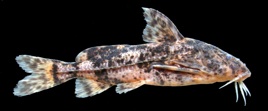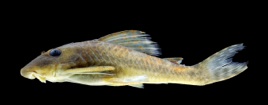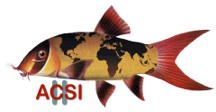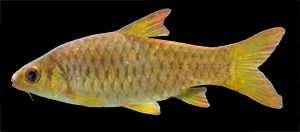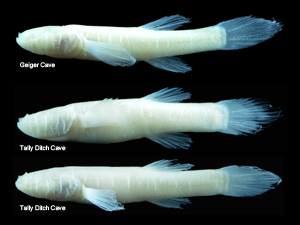Research Areas
All Catfish Species Inventory (2003-2009, and continuing) - One of the first funded Planetary Biodiversity Inventory grants by NSF, ACSI had over 450 participants from all over the world. In the first decade of the 21st century, ACSI helped to increase the number of species of catfishes described by 24%. Also included were photographs of most of the type specimens. Researchers at Auburn predominantly worked on loricariids (suckermouth armored catfishes), ariids (sea catfishes), and bagrids (bumblebee catfishes). Fieldwork at Auburn included trips to Bangladesh, Colombia, Guyana, Indonesia, Panama, Peru, Papua New Guinea, Venezuela Principal Investigators on the grant were Lawrence Page, Jonathan Armbruster, Carl Ferraris, John Friel, John Lundberg, and Mark Sabaj Pérez.
This work continues as we continue to describe new species of catfishes as well as examine the phylogenetic relationships of loricariid catfishes. In addition, we recently received funding from the Coypu Foundation to examine fishes in the upper Ireng River of Guyana (Amazon Basin).

